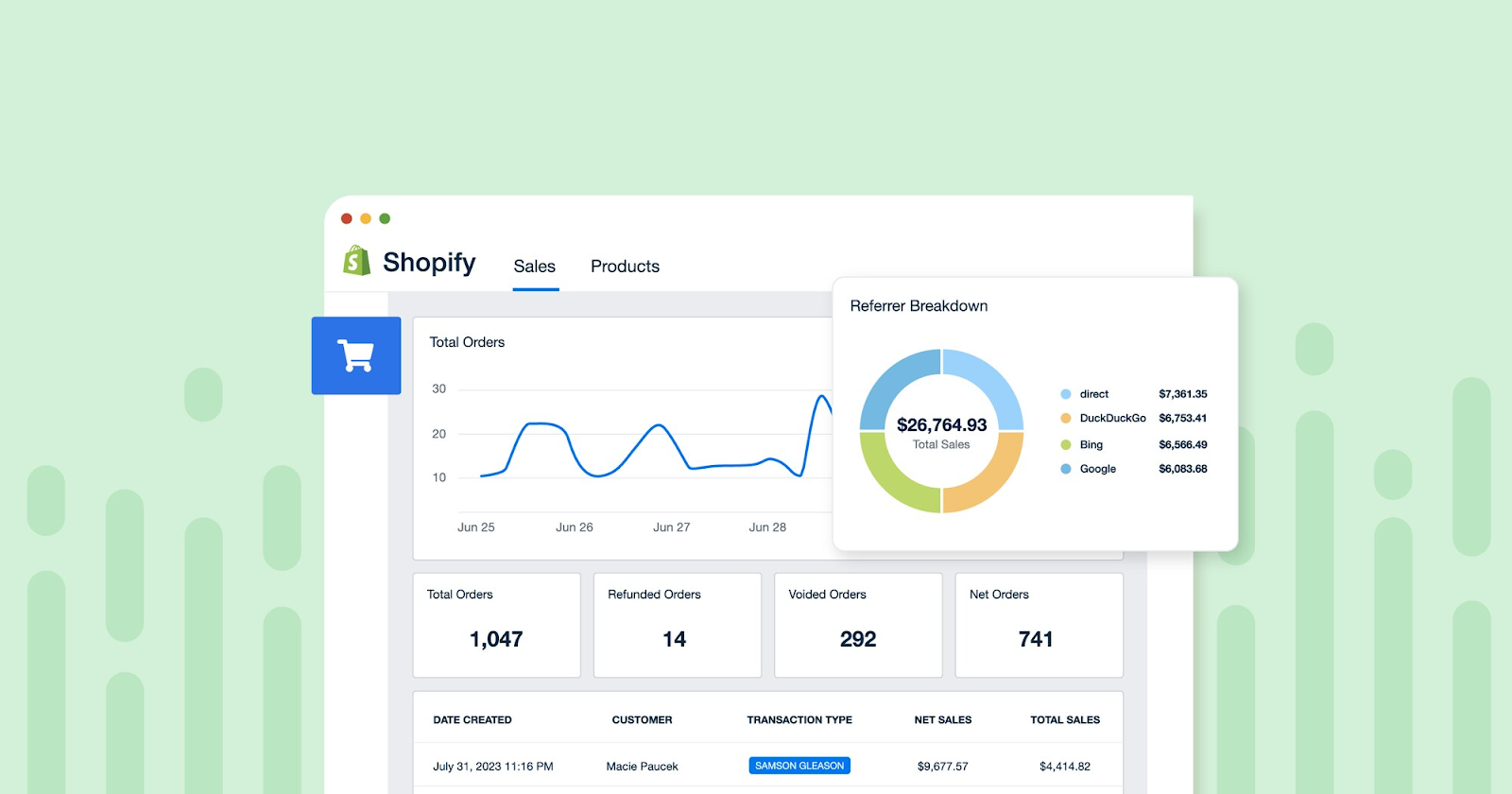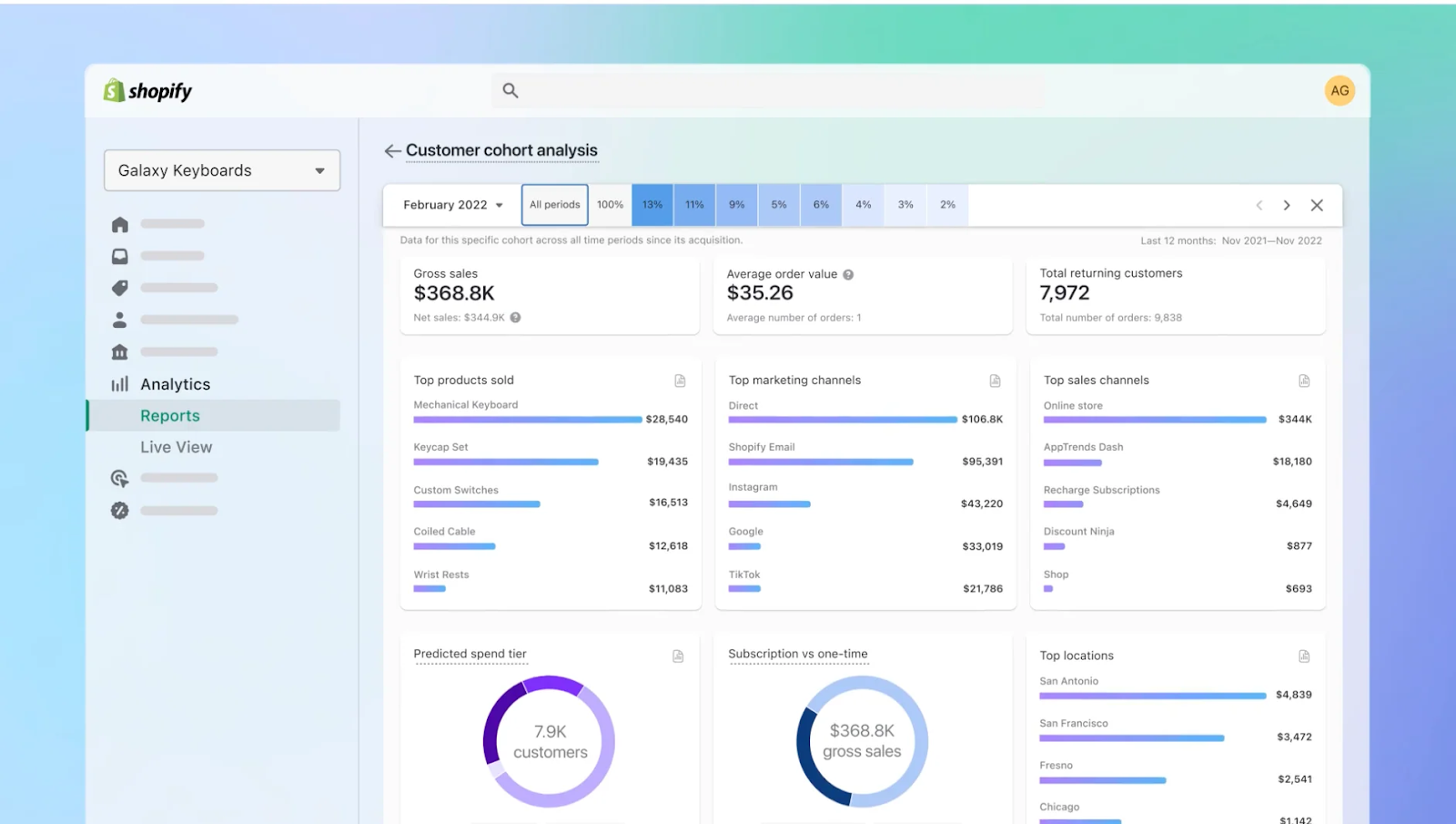
Privacy has become a very sensitive issue over the years. Rightfully so, as there have been many instances of data breaches that have raised alarms about company data protection policies and consumer safety. There has been news about 183 million Gmail accounts being leaked recently.
The point is that the age of third-party cookies is coming to an end because of privacy regulations. Traditional tracking is no longer effective, and Shopify merchants must adapt.
But there’s nothing to moan about because better regulations make companies more compliant. And if you are a compliant company, you garner trust.
So, what’s your task? Embrace a real-world customer data platform Shopify strategy built on first-party CDP and zero-party data to stay relevant, compliant, and competitive.
Why Shopify Merchants Can No Longer Depend on Third-Party Cookies

While major browsers delayed the full deprecation of third-party cookies, the pressure is constant. One analysis notes that the looming “cookie apocalypse” has already prompted brands to adopt first-party data strategies. Those using these strategies are already seeing an increase in revenue.
You could estimate that the economic loss of restricting cookie tracking could threaten hundreds of millions of dollars annually.
What that means for you is that if you run a Shopify store and still depend on 3rd-party tracking, you are moving towards risk.
Instead, you should focus on collecting, managing, and activating the data you own. This means building and activating a true customer data platform that Shopify merchants rely on.
What is a Customer Data Platform Shopify?
A customer data platform Shopify, aggregates profile, event, and transaction data into a unified system. For a Shopify merchant, it means you integrate your store, email, SMS, loyalty program, and CRM so you have a single customer profile powering every channel.
With that in place, you can leverage behavior, intent, and preference to deliver smarter experiences. Sounds pretty cool to be honest.
What Is The Value of First-Party CDP & Zero-Party Data?
Both have their own implications on businesses -
- First-party CDP - This refers to data captured directly through your properties, like web, app, in-store, owned, and consented. It’s far more reliable than third-party cookies.
- Zero-party data - This is information a customer intentionally and proactively shares, such as preferences, feedback, and interests. It’s highly accurate and ideal for personalization.
Which one’s better? The age-old diplomatic answer - A mix of both. Brands that combine both see stronger engagement.
But making a switch from third-party tracking to owned data is more than just technical prowess. You’re basically re-architecting how you build relationships with customers rather than audiences. So, it has to be strategic.
Why This Matters for Shopify Merchants

Here are some actionable benefits for Shopify stores -
- With clean first-party and zero-party data, you can segment by actual purchase history, preference, and behavior rather than inferred categories.
- Use that data in real time to trigger offers, abandon-cart recovery, and cross-sell.
- You remain on the right side of GDPR, CCPA, and other global rules because you collect data with consent and store it purpose-built.
- By relying less on uncertain cookie tracking and more on data you own, you reduce dependency on external changes.
How to Build It on Shopify?
Want to implement your own customer data platform Shopify strategy? Follow the 6-step guide -
Global Considerations for GEO-Optimized Execution
Operating globally could bring more challenges because you have to consider a lot of elements -
- Consent timelines and privacy laws vary by region, like EU vs APAC vs LATAM
- Zero-party questions must be localized to feel natural.
- Currency, payment methods, and device preferences differ across geos and must feed into your platform
- Some markets require local data handling
Key Metrics and Benchmarks
Tracking your CDP success means looking at the right numbers -
- Ratio of zero-party responses to active customers
- Increase in repeat purchase rate after activating a profile-driven campaign
- Reduction in cost per acquisition (CPA) as you rely more on owned data vs paid targeting. For example, one study found brands that emphasized first-party data achieved nearly 3× revenue uplift.
- Rate of consent opt-ins and data-signal capture
Implementing these practices means being on the right side of compliance and consumer trust, and that’s where the world is headed.
FAQs
1. What is a customer data platform Shopify merchants should use?
A customer data platform Shopify is a system that consolidates all customer data from your Shopify store, unifies profiles, and enables personalized activation across channels.
2. Why is first-party CDP important now?
With third-party cookies under threat, relying on first-party CDP means you own the data, collect it with consent, and avoid disruptions when external tracking weakens. Studies show it leads to better personalization and revenue uplift.
3. What is zero-party data, and how can I collect it?
Zero-party data is information that customers willingly provide, preferences, interests, and feedback. You collect it via quizzes, preference centers, loyalty programs, and one-on-one interactions.
4. What global data-privacy considerations should I address?
You must comply with regional regulations such as GDPR (EU), CCPA (California), POPIA (South Africa), and others.







.jpg)
.jpg)
.jpg)



